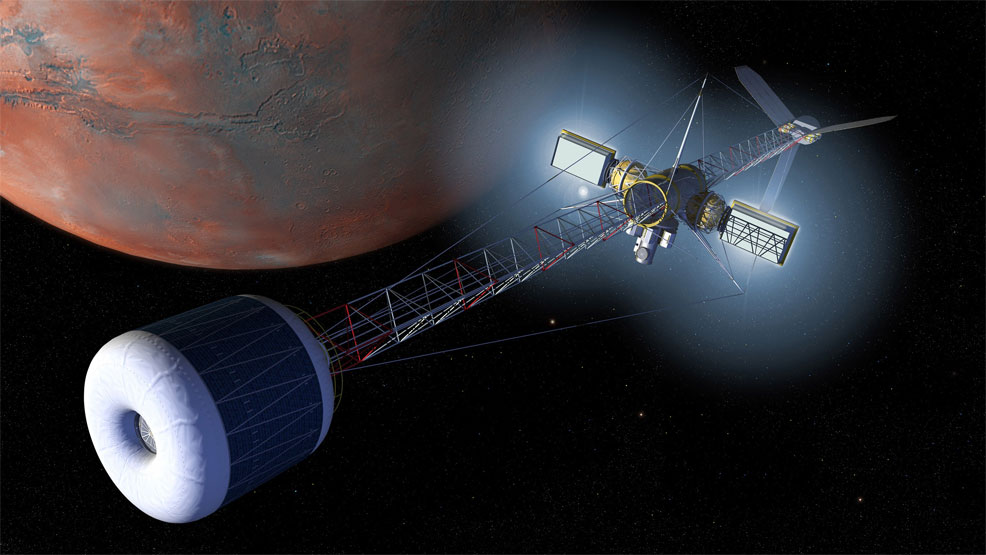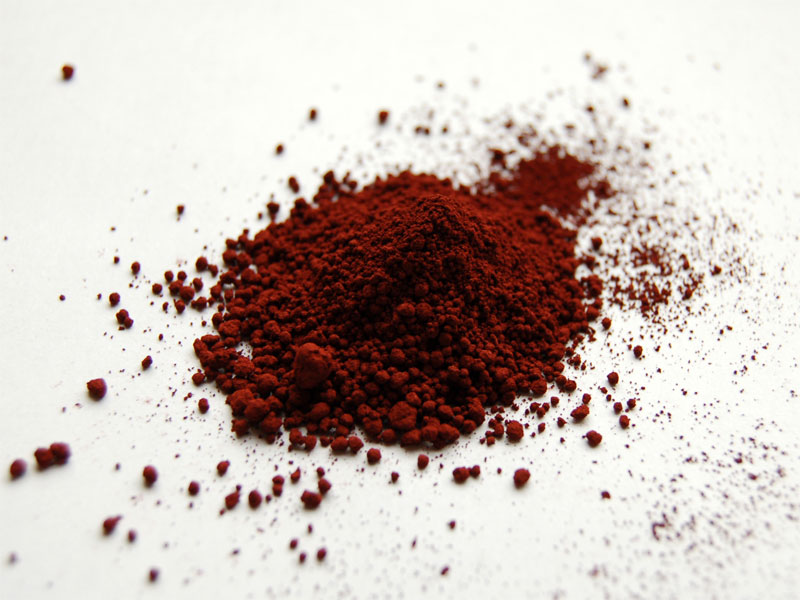
18th February 2020 Radiation shielding made 30% lighter Scientists have developed a new way of shielding electronics in military and space exploration technology from ionising radiation. The new approach allows cheaper, more effective, lightweight materials, and the secret ingredient is... rust. "Our approach can be used to maintain the same level of radiation shielding and reduce the weight by 30% or more, or you could maintain the same weight and improve shielding by 30% or more – compared to the most widely used shielding techniques," says Rob Hayes, co-author of a paper on the work and associate professor of nuclear engineering at North Carolina State University. "Either way, our approach reduces the volume of space taken up by shielding." Ionising radiation can cause significant problems for electronic devices. To protect against this, all devices that may be exposed to radiation – such as devices used in spacecraft – must incorporate radiation shielding.
Weight is a significant factor in designing aerospace technologies, and the shielding most commonly found in aerospace devices consists of putting an aluminium box around any sensitive technologies. This has been viewed as the best trade-off between a shield's weight and the protection it offers. The new technique relies on mixing oxidised metal powder – rust – into a polymer, and then incorporating it into a common conformal coating on the relevant electronics. "Radiation transport calculations show that inclusion of the metal oxide powder provides shielding comparable to a conventional shield," explains Mike DeVanzo, former graduate student at NC State and first author on the work. "At low energies, the metal oxide powder reduces both gamma radiation to the electronics by a factor of 300 and the neutron radiation damage by 225%." "At the same time, the coating is less bulky than a shielding box," Hayes says. "And in computational simulations, the worst performance of the oxide coating still absorbed 30% more radiation than a conventional shield of the same weight. On top of that, the oxide particulate is much less expensive than the same amount of the pure metal." "This could potentially reduce the need for conventional shielding materials on space-based electronics," adds DeVanzo, who works at Lockheed Martin Space. The researchers are continuing to test and fine-tune their shielding technique for use in various applications. "We're now looking for industry partners to help us develop the technology for commercial use," Hayes says. The paper, "Ionizing Radiation Shielding Properties of Metal Oxide Impregnated Conformal Coatings," is published in the journal Radiation Physics and Chemistry.
Comments »
If you enjoyed this article, please consider sharing it:
|








